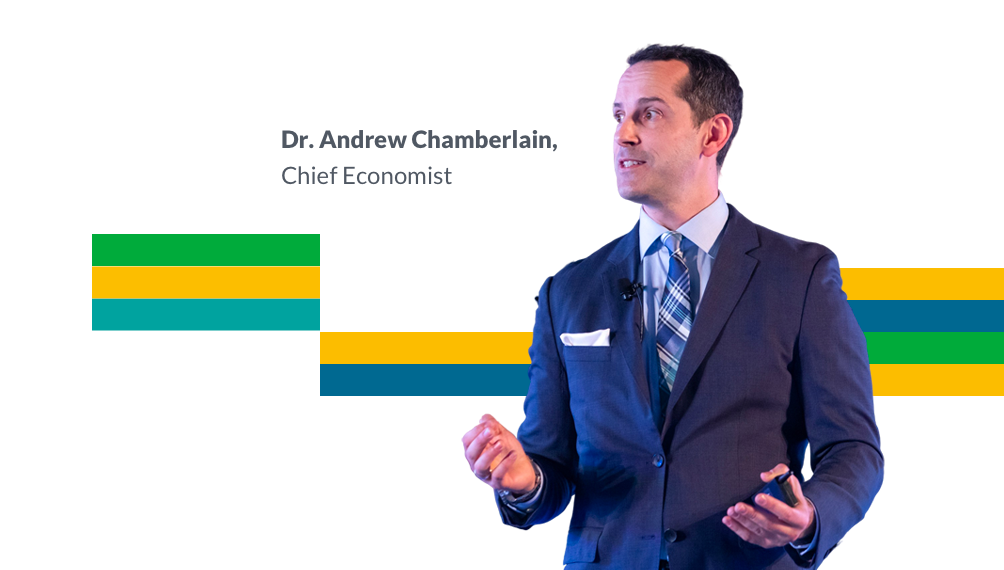Company rating platform Glassdoor shared critical research with US Congress on the state of gender and racial pay inequities; highlighting the urgent need for fair pay.
Glassdoor’s Chief Economist Dr Andrew Chamberlain testified before the House Financial Services Diversity & Inclusion Subcommittee on “Closing the Racial and Gender Wealth Gap Through Compensation Equity“, yesterday. During the hearing Dr Chamberlain testified on the status of gender and racial pay inequities; and the underlying causes of racial and ethnic pay inequities existing in the workplace today. It also shared how enhanced pay transparency can reduce gender and racial pay gaps and improve workplace diversity & inclusion (D&I); and how potential transparency-driven solutions can address and help remedy these issues.
GENDER & RACIAL PAY GAPS
Although nearly nine in 10 employees believe men and women should be compensated equally for similar work/experience, the gender pay gap persists. Glassdoor’s research shows an unadjusted pay gap between US men and women of 21.4%; meaning women earn, on average, $0.79 for every $1 men earn. Despite some progress in 2019, it will still take around 50 years to close the US gender pay gap.
Significant pay gaps also continue to exist among racial and ethnic groups as well as gender; and gender pay gaps are substantially larger among some race and ethnicity groups. According to Glassdoor’s findings, Indigenous American and Alaska Native women make the least, $0.69 for every $1.00 white men earn. For Black women, it’s $0.71 and Hispanic women it’s $0.76. Asian women earned more on average than White men at $1.06, data shows. Similarly, Indigenous American or Alaska Native men ($0.84), Black ($0.85) and Hispanic ($0.86) men made less on average compared to White men; with Asian men the only group to see the highest pay across all groups with $1.27.

“In today’s fast-changing economy, the US can no longer afford to leave millions of women and members of underrepresented groups sidelined in jobs that pay them unfairly; fail to fulfill their full economic potential; and stand in the way of their personal and professional growth,” pointed out Dr Chamberlain. “The key to sustaining and building a dynamic and prosperous US economy into the future is to ensure that every American has a pathway to make their best possible contribution; and to ensure they are equitably compensated.”
BLACK EMPLOYEES LEAST SATISFIED AT WORK
Pay is not the only dimension on which inequality is experienced in the workforce today. Glassdoor’s report America’s Workplace Diversity Crisis: Measuring Gaps in Diversity & Inclusion Satisfaction by Employee Race and Ethnicity, shows that employee sentiment around D&I differs significantly across racial and ethnic groups. The study found that Black/African American workers report an average D&I rating of 3.49 on a 1-to-5 scale; well below the average of 3.73 stars across all workers.
Even after accounting for differences in employees’ occupations, industries, company sizes, genders, etc, the study found that Black/African American staff still rate workplace D&I 8% lower than their White colleagues. The study also found that this pattern of lower D&I opinions among Black/African American workers has only worsened since 2019. Addressing perceived workplace satisfaction can help address pay disparities, as research shows pay and workplace satisfaction are closely linked, concluded Dr Chamberlain.








































